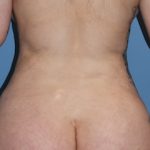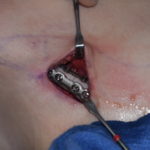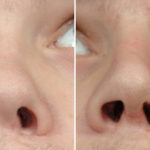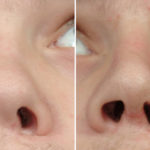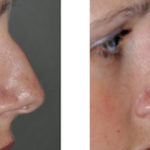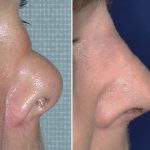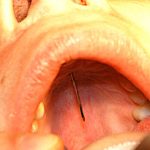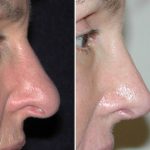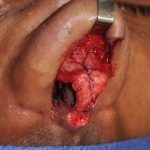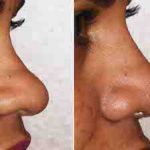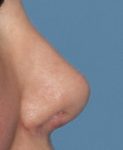Asian Rhinoplasty and Management of the Pseudohump Deformity
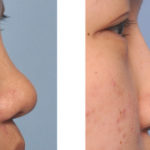
Many Asian patients that seek rhinoplasty have some similar anatomic features to their nose. The bridge of the nose is low and the nasal tip has poor projection with a wide nostril base. This has led to an overall augmentation of the dorsal profile from the radix down through the tip. But in some Asian Read More…

